A Worthy Goal Ahead
Improving speed behind the drum set is a goal for many drummers, and it’s important to approach this challenge with a focus on technique and gradual progression to avoid injury and ensure sustainable improvement.
It’s also important to note that there is no fast way to fast, but following these tips will put you on the right path!

1. Master the Basics
Before you can play fast, you need to play well. Work on your basic rudiments (single strokes, double strokes, paradiddles) and ensure that you can play them cleanly and accurately at a slow tempo.
If your goal is to play really fast single stroke rolls (RLRLRLRL) for example, you should first ensure you can play them really slow. Focus on evenness and also ensure you are 100% comfortable with how they feel/sound.
2. Use a Metronome
Practicing with a metronome helps you keep time and gradually increase your speed in a controlled manner. Start slow and only notch up the tempo when you can play a pattern cleanly and consistently. Let’s take single stroke rolls again as an example.
You could start at 50 bpm (beats per minute) or even slower for an extra challenge and play them as 16th notes (4 strokes per 1 metronome beat). The key is comfortable consistent notes!

3. Stay Relaxed
Tension will slow you down and can lead to injury. Focus on staying relaxed, especially in your hands, wrists, and shoulders. The more relaxed you are, the faster and more fluidly you will be able to play.
Pay attention to your posture as well. I like to use deep breath exercises because they can help you stay relaxed before, while, and after your playing. I’m no medical expert, but breath control and deep breathing helps oxidize your blood. This has vast amounts of benefits like helping your nervous system and energy production to name a few. I like to breathe in deeply for a few seconds, hold my breath, and then exhale for a few seconds. Do this a handful of times and you’ll notice it relaxes you. I always do this exercise if I notice myself getting stiff during playing and I highly recommend it!
4. Focus on Technique
Good technique is crucial for playing quickly and efficiently. Make sure you’re using proper stick grip and stroke technique, and that you’re not making unnecessary movements. You should be using your wrists and should have a semi-loose grip on the stick, so that you remain relaxed.
5. Isolate and Practice
Work on each limb independently. If you’re trying to improve your bass drum speed, for instance, spend time just working on that, outside of the context of full grooves or fills.
I highly recommend spending a little more time practicing with your weaker limbs. You will start to notice a drastic improvement in your speed by focusing there alone. As you get more comfortable, you can create different patterns between each of your limbs via Linear drumming for even more control!
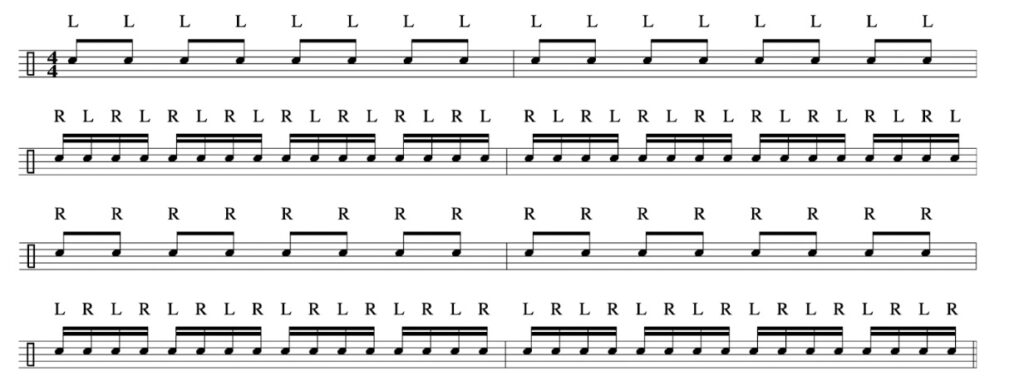
Here’s a great exercise for making sure you are practicing with your weaker hand
6. Consistent Practice
Speed comes with time and consistent practice. Dedicate a portion of your practice routine specifically to developing speed, and be patient with your progress. You don’t need hours to practice daily. Start with 15-20 minutes and after a few months of consistent, intentional practice, you will see results! Give yourself more time to practice as you can. If all of that consistent practice is backed by goals, it’s easier to stay driven. Another great exercise for building up speed is starting slow and gradually increasing until you’ve reached your maximum speed (comfortably) and then gradually decrease the speed back to your starting point. Repeat this.
7. Incremental Increases
When using a metronome, increase the tempo in small increments—usually 5 to 10 bpm at a time. This helps your muscles adapt to the new tempo without sacrificing control. Only increase when you are completely comfortable with what tempo you’ve been practicing at. It may take days, weeks, or months to move from certain tempos and that is ok! Give yourself the grace in this drumming journey.
8. Build Endurance
Speed without endurance won’t get you very far. Include exercises in your practice routine that require you to maintain a fast pace for extended periods to build stamina. Let’s take single stroke rolls again (RLRLR). You could practice those at 50 bpm for 10 minutes and for 2 minutes hike up the speed to 65 or wherever it feels like a bit of a challenge.
9. Finger Control
For hand speed, work on developing finger control. This involves using your fingers to push and pull the stick, allowing for faster movement than wrist strokes alone. This technique, in conjunction with regular wrist control, will give you the most amount of ‘bang for your buck.’ You can even use a hybrid approach with both finger control and wrist control for even more endurance.
10. Analyze and Adjust
Record yourself playing and watch the footage to analyze your technique and body movements. It’s also a good idea to use a mirror, so that way you can see your results in real time. Look for areas where you can improve efficiency and reduce tension.
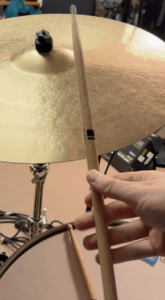
11. Play Along with Fast Music
Find songs that are up-tempo and practice playing along. Practicing along with music will solidify everything you practice as a musician. You can either play the drum part as the song has it, or practice drum rudiments like the single stroke roll along to the song. For a rewarding practice experience, there are drumless tracks you can find on Youtube with click tracks (metronome)! With that, it’ll ensure you are in sync rhymically.
Final Thoughts On Drumming Speed
As I said, there are no fast ways to fast! However, after a while of consistent, intentional practice, following these steps should help your speed as a drummer!
Hi, my name is Evan Chapman and if you want to learn more drum tips and hacks like the above, be sure to check out my blog by clicking here

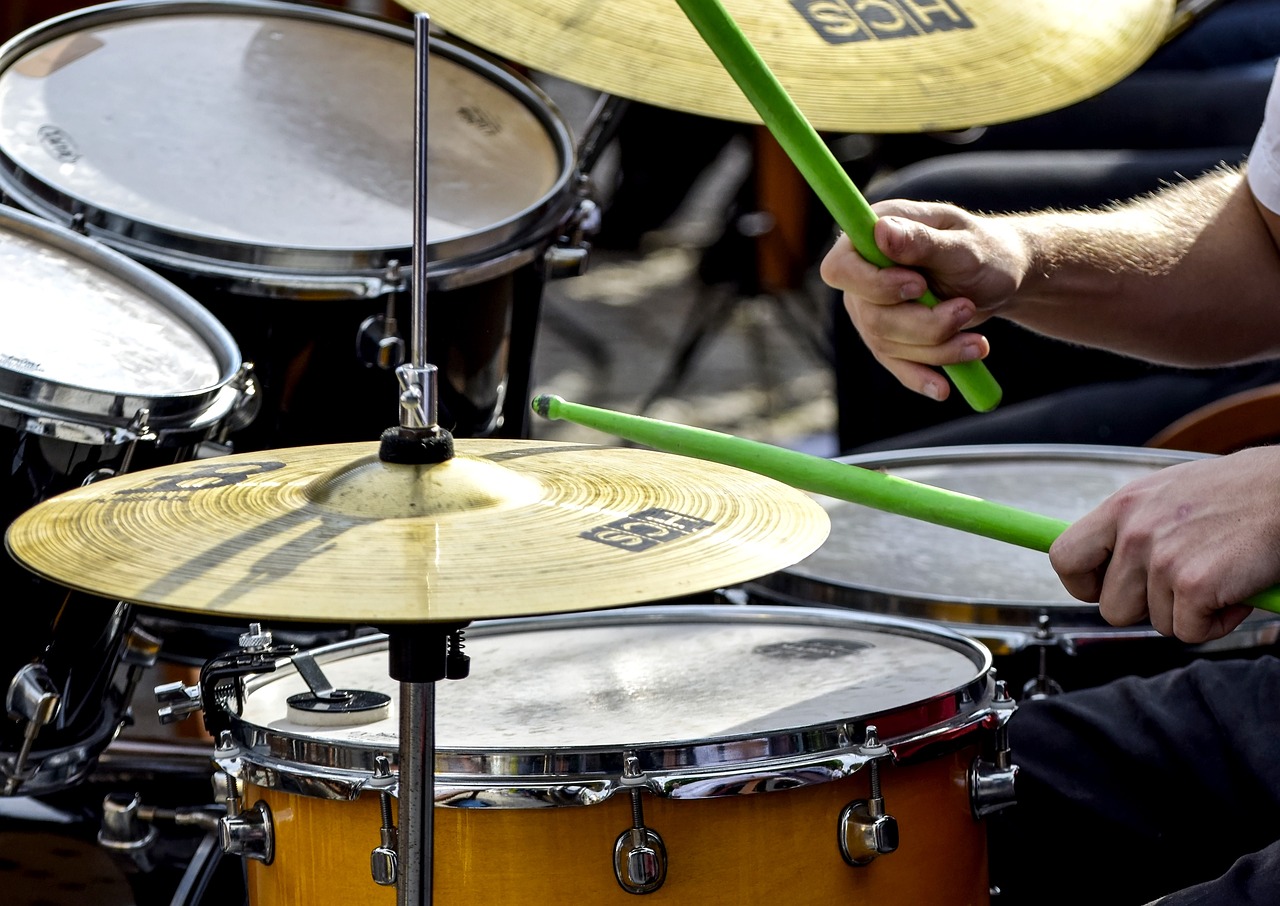

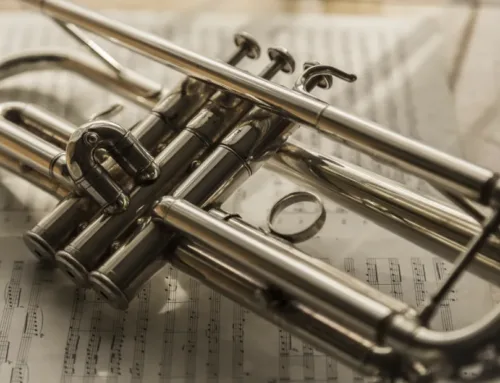
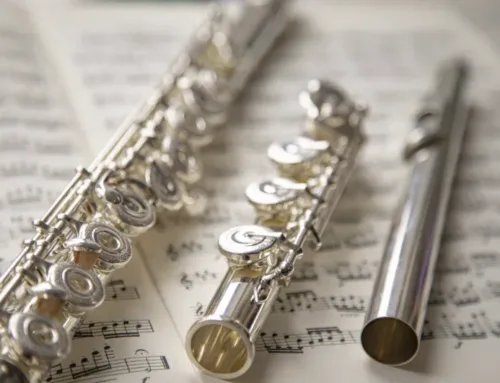
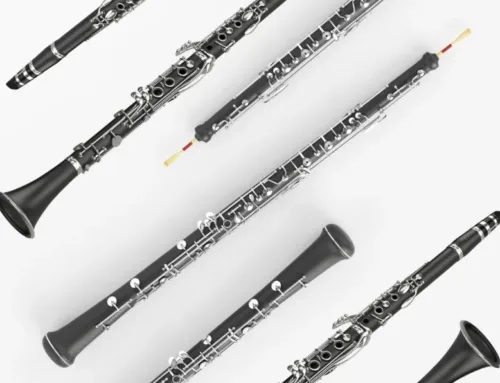
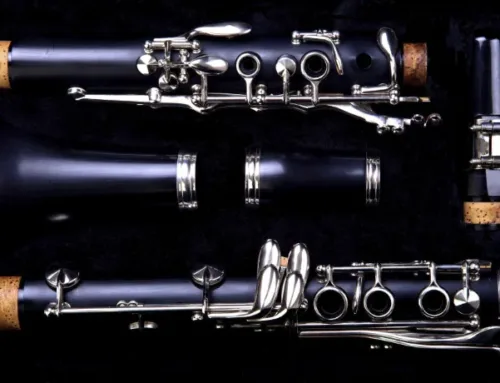

Leave A Comment
You must be logged in to post a comment.